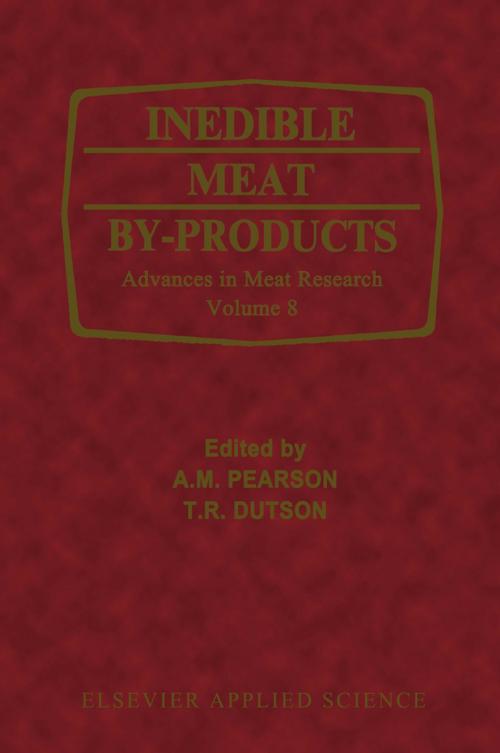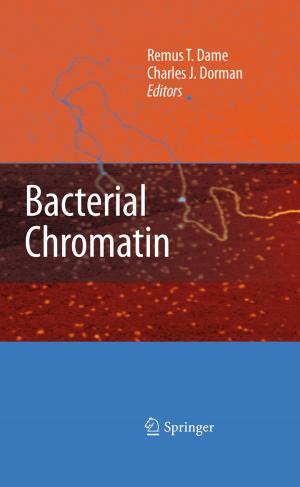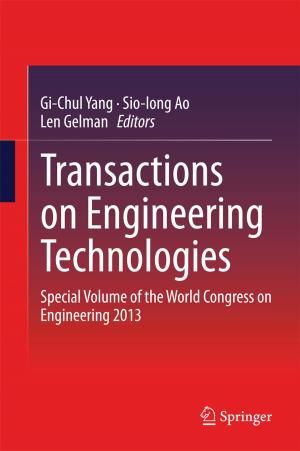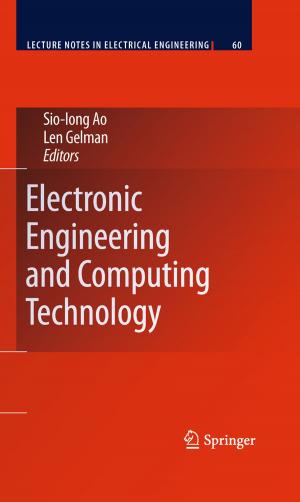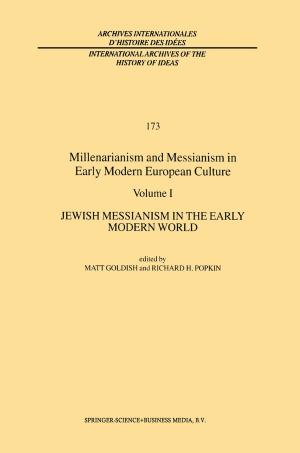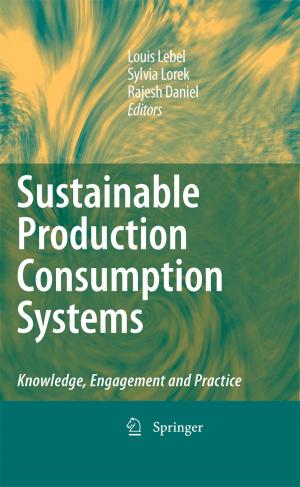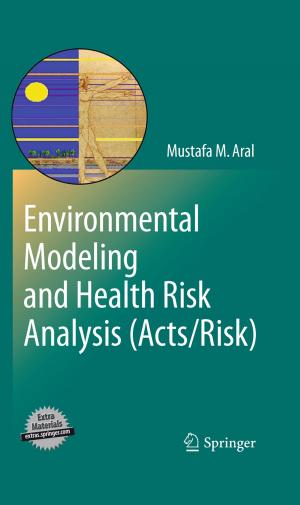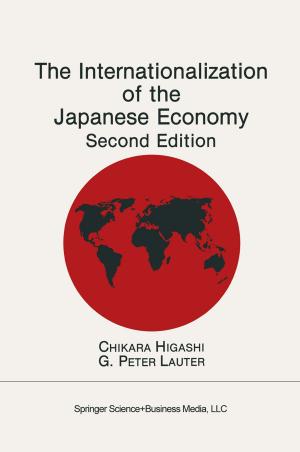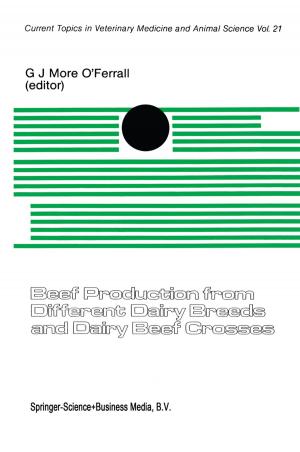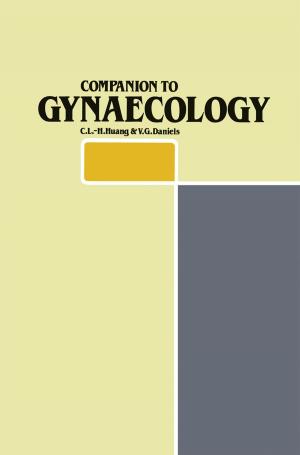Inedible Meat by-Products
Kids, Natural World, Nonfiction, Reference & Language, Education & Teaching, Science & Nature, Science| Author: | A. M. Pearson, T. R. Dutson | ISBN: | 9789401179331 |
| Publisher: | Springer Netherlands | Publication: | March 13, 2013 |
| Imprint: | Springer | Language: | English |
| Author: | A. M. Pearson, T. R. Dutson |
| ISBN: | 9789401179331 |
| Publisher: | Springer Netherlands |
| Publication: | March 13, 2013 |
| Imprint: | Springer |
| Language: | English |
Inedible meat, poultry and fish by-products are major contributors to the profitability of the slaughterers and processors of all types of muscle food. Although the by-products per se make important economic contributions to the productivity of the industries, their importance varies widely between classes and for different species. As important as this may be, the utilization of the otherwise waste by-products has become even more crucial from the standpoint of protecting the environment. Hence, the editors decided that a book dealing with inedible meat, poultry and fish by-products would be useful not only to slaughterers and processors, but also to those involved in research and teaching. Focusing on the advan tages of the useful inedible products and methods involved in their pro duction could very well lead to new and better uses for by-products as well as in improving the environment. As in past volumes of this series, the authors are leaders in their respective fields of discussion. Their expertise provides not only a back ground on present industrial practices but also areas and means for improving the production of by-products.
Inedible meat, poultry and fish by-products are major contributors to the profitability of the slaughterers and processors of all types of muscle food. Although the by-products per se make important economic contributions to the productivity of the industries, their importance varies widely between classes and for different species. As important as this may be, the utilization of the otherwise waste by-products has become even more crucial from the standpoint of protecting the environment. Hence, the editors decided that a book dealing with inedible meat, poultry and fish by-products would be useful not only to slaughterers and processors, but also to those involved in research and teaching. Focusing on the advan tages of the useful inedible products and methods involved in their pro duction could very well lead to new and better uses for by-products as well as in improving the environment. As in past volumes of this series, the authors are leaders in their respective fields of discussion. Their expertise provides not only a back ground on present industrial practices but also areas and means for improving the production of by-products.
